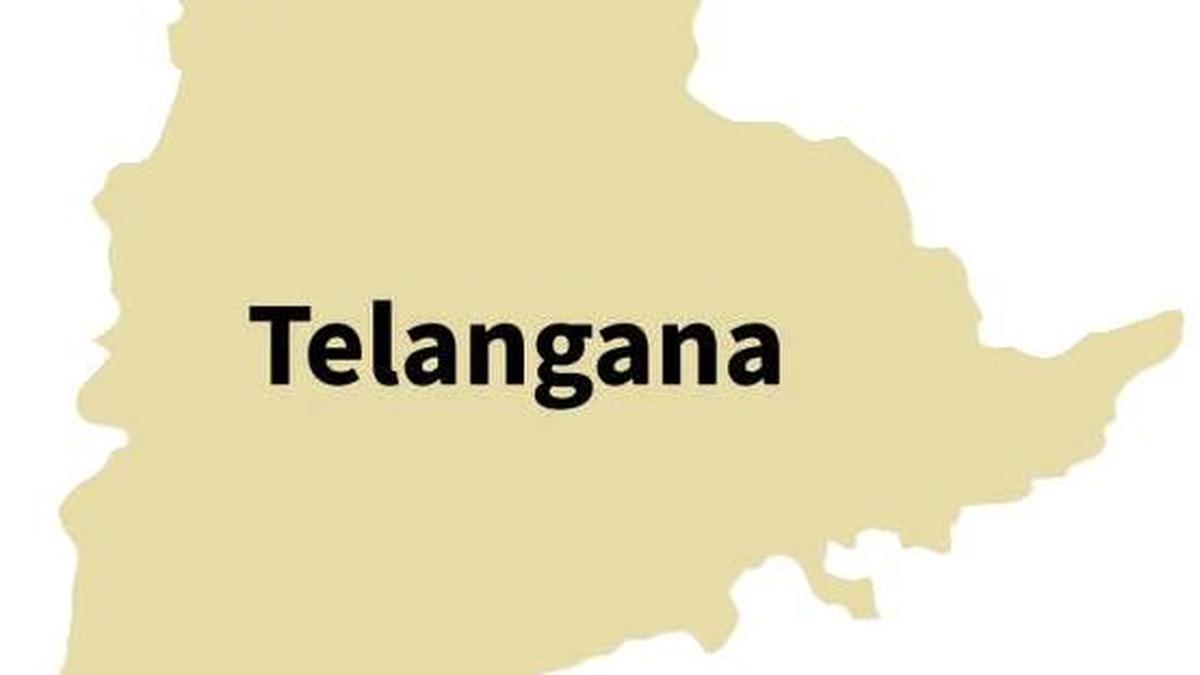As the Central government prepares for the next delimitation exercise, which will redraw constituency boundaries based on the first Census after 2026, Telangana and Andhra Pradesh were waiting for their Assembly constituencies to be increased, as promised in the Andhra Pradesh Reorganisation Act, 2014. However, a recent Supreme Court judgment has dampened their hopes.
According to the 2014 Act, the number of seats in the Legislative Assemblies was to be increased from 175 to 225 in Andhra Pradesh and from 119 to 153 in Telangana. However, the delimitation process was stalled as the Census could not be conducted in 2020-21 — first because of the COVID-19 pandemic and later for various other reasons.
Telangana has represented the matter to the Central government on many occasions. The State government brought it up during meetings convened by the Union Home Ministry to resolve bilateral issues between Telangana and Andhra Pradesh post-bifurcation and also during Southern Zonal Council meetings held under the chairmanship of Union Home Minister Amit Shah from time to time.
In a letter addressed to Union Home Secretary Rajiv Mehrishi in June 2016, the then Telangana Chief Secretary, Rajiv Sharma, recalled the provision made under Section 26 of the Act for delimitation of constituencies in the two States. As the new State of Telangana came into existence with effect from June 2, 2014, Mr. Sharma requested the Home Ministry to place the matter before the Election Commission of India (ECI) for increasing seats in the Telangana Legislative Assembly from 119 to 153 as envisaged in the Act as soon as possible. Telangana’s former Chief Electoral Officer, Rajat Kumar, also spoke of the impact of transferring a few mandals of Khammam district in Telangana to neighbouring Andhra Pradesh post-bifurcation. He said that the three constituencies were reserved for Scheduled Tribes.
Professor K. Purushottam Reddy filed a plea in the Supreme Court seeking readjustment of seats in the Assemblies of the two States, pointing to the exercise in Jammu and Kashmir as a precedent. In its judgment last week, the Supreme Court ruled out delimitation of constituencies till the completion and publication of the Census, which is expected to start in 2026. The Court dismissed his petition saying granting relief would be “contrary to the letter and spirit of constitutional design”. It said that “Article 170 [which deals with composition of Legislative Assemblies in States] has no application to Union Territories…” It said that the Centre therefore did not discriminate against the electorates of Andhra Pradesh and Telangana, nor dampen their legitimate expectations by conducting delimitation of constituencies in the Union Territory of J&K, which was being governed by a distinct constitutional and statutory regime. Justice Surya Kant also explained that there was a specific constitutional embargo in Article 170 stating that delimitation in States was barred until after the completion of the first Census post 2026. Article 170(3) lays down that “upon the completion of each Census, the total number of seats in the Legislative Assembly of each State and the division of each State into territorial constituencies shall be readjusted by such authority in such a manner as Parliament by law determine”.
The next Census, scheduled to begin in 2026, is likely to be conducted in two phases. The official headcount and house-listing process that will precede it are expected to be completed by March 1, 2027. The numbers will take a few years to be finalised and released. The Delimitation Commission can base its work only on the published Census figures and this could further delay the delimitation exercise in the two States. This means that the exercise will start only after the publication of the next Census data.
While the verdict has dashed the hopes of the States, it is also unsurprising. No political party, including the Bharat Rashtra Samithi which claims to have played a crucial role in drafting the Act, seems to have paid notice to the wording of the Act. As former MP B. Vinod Kumar rightly said at a press conference, simply adding the words “notwithstanding Section 170 sub clause 3” in the 2014 Act would have resolved the problem. If that had been done, delimitation in these two States would possibly not have been clubbed with delimitation across the country.
rajeev.madabhushi@thehindu.co.in
Published – July 31, 2025 01:17 am IST
